Multimaterial 3D-printing approach produces functional devices in a single shot.
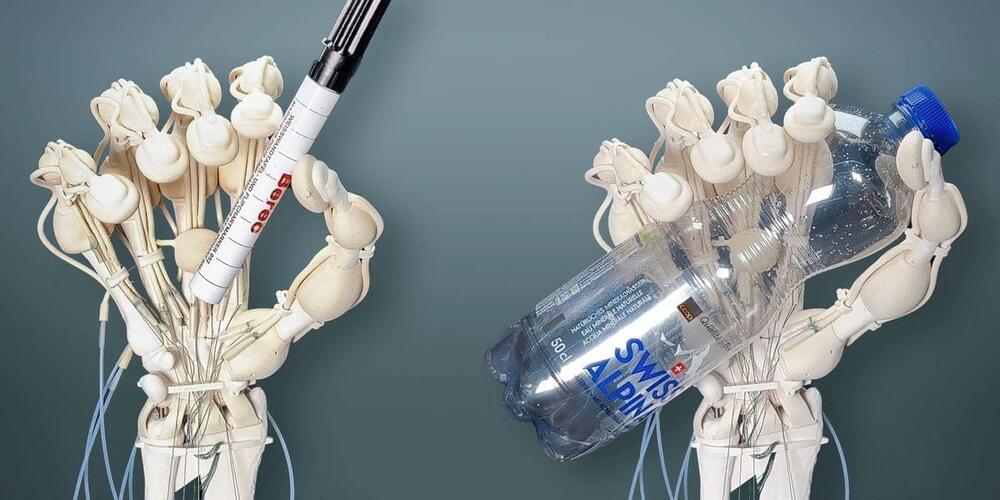

3D printing is advancing rapidly, and the range of materials that can be used has expanded considerably. While the technology was previously limited to fast-curing plastics, it has now been made suitable for slow-curing plastics as well. These have decisive advantages as they have enhanced elastic properties and are more durable and robust.
The use of such polymers is made possible by a new technology developed by researchers at ETH Zurich and a US start-up. As a result, researchers can now 3D print complex, more durable robots from a variety of high-quality materials in one go. This new technology also makes it easy to combine soft, elastic, and rigid materials. The researchers can also use it to create delicate structures and parts with cavities as desired.
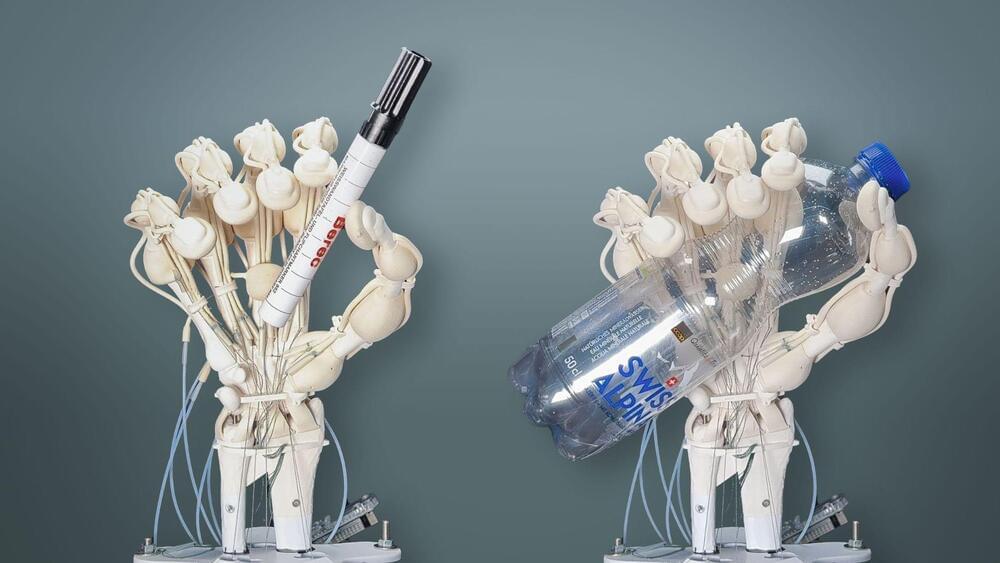
This opens up new possibilities for creating complex robots with soft and rigid materials in one go.
Thomas Buchner / ETH Zurich.
3D printing is a revolutionary technology that can create objects of any shape and size from various materials. However, until now, it was mostly limited to using fast-curing plastics, which have some drawbacks. They are brittle, prone to cracking, and lose their shape easily when bent.

The University of Oxford researchers for the first time showcased that neural cells can be 3D printed to replicate the structure of the brain’s outer layer: the cerebral cortex.
In a significant breakthrough, scientists have created brain tissue using human stem cells through 3D printing. This advancement holds promise for potential future applications in treating brain injuries.
For the first time, the University of Oxford researchers showcased that neural cells can be 3D printed to replicate the structure of the brain’s outer layer: the cerebral cortex.
This accomplishment marks a significant advancement in the realm of neural tissue engineering.
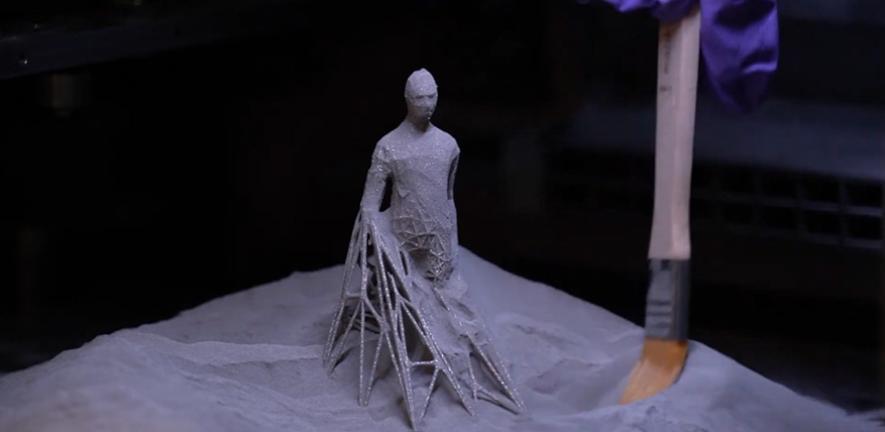
A team of researchers led by the University of Cambridge has developed a new technique that uses high-energy lasers to fine tune the properties of 3D-printed metal without compromising the complex shapes it forms.
Additive or 3D printing is proving an increasingly powerful tool for engineering and manufacturing, but it’s far from a panacea. In fact, it often has some major drawbacks that require new approaches to overcome.
3D printing metal usually involves a machine that lays down thin layers of metal alloy in the form of a fine powder. This layer is then melted or sintered using a laser or electron beam guided by a digital model, then another layer is added. When the printing is complete, the excess powder is swept away, revealing the final product.
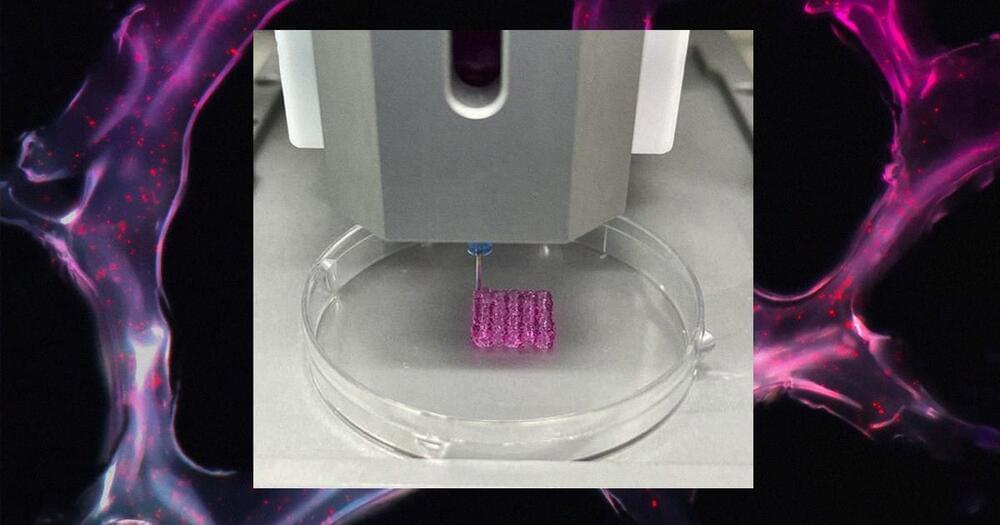
Researchers in South Korea developed a technique for encapsulating NK cells in a hydrogel that could be 3D printed into a porous shape and later implanted at the site of a removed tumor..
A new 3D-printing-based approach could unleash a cutting-edge immunotherapy against solid tumors, which account for 90% of all cancers.
Natural killers: Some immune system cells only know to attack a threat if they’ve encountered it at least once before (or been instructed to attack it by other cells that have). Natural killer (NK) cells, however, can recognize diseased cells the first time they cross paths with them — and then alert other members of the immune system, too.
This makes them a valuable first-line defense against illness, but, unfortunately, cancer cells multiply too fast and NK cells die too quickly for them to outright stop many cancers from spreading.
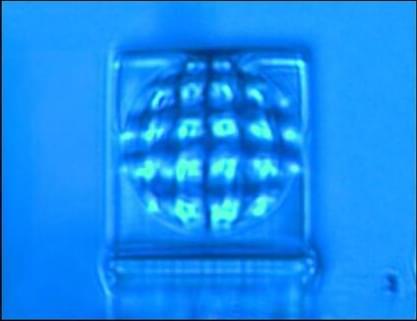

The number of Star Trek sci-fi technology that ultimately became real-life tech never ceases to amaze. The series inspired the development of touchscreens, communicators became mobile phones, PAADs became tablets, replicators became 3D printing, and now holodecks are becoming virtual and augmented realities (VRs and ARs). And while fully immersive environments like the holodeck still remain in the realm of sci-fi, a recent report from BBC on a hologram zoo indicates that the future isn’t so far-fetched when it comes to immersive holographic.
The holograms use a new depth technology that not only makes the animals seem big but makes them visible as 3D objects rather than suspended 2D images.
According to the report, the visitors of Australia’s Hologram Zoo, which opened earlier this year, can dodge stampeding elephants, peer into the gaping jaws of a hippopotamus, pet-friendly giraffes, and witness more than 50 lifelike displays from dinosaurs to gorillas—all crafted from concentrated beams of light.
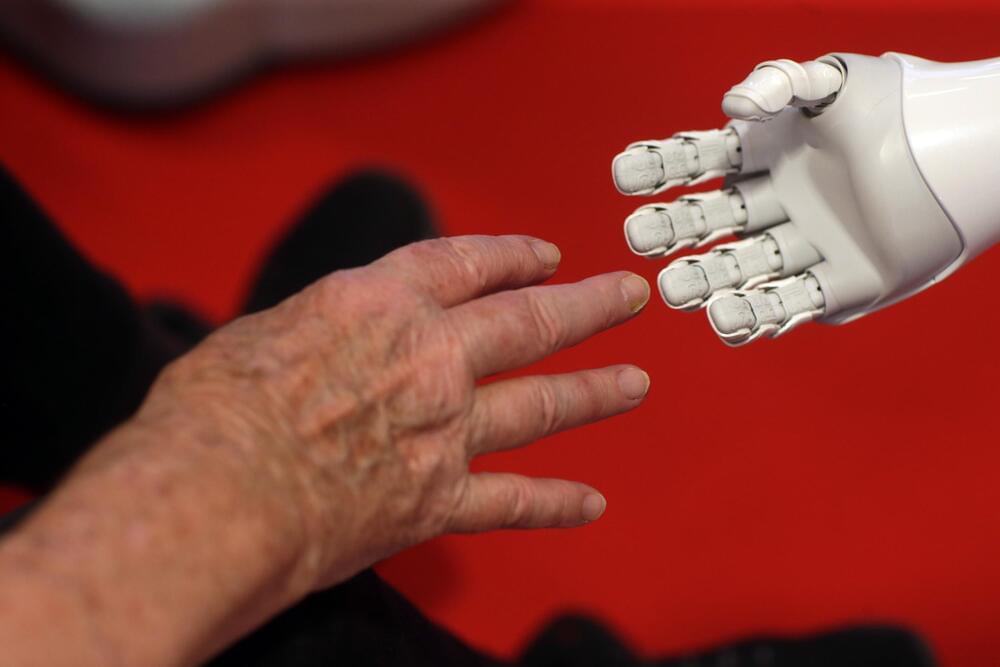
Here’s my latest Opinion piece just out for Newsweek…focusing on cyborg rights.
Over the past half-century, the microprocessor’s capacity has doubled approximately every 18–24 months, and some experts predict that by 2030, machine intelligence could surpass human capabilities. The question then arises: When machines reach human-level intelligence, should they be granted protection and rights? Will they desire and perhaps even demand such rights?
Beyond advancements in microprocessors, we’re witnessing breakthroughs in genetic editing, stem cells, and 3D bioprinting, all which also hold the potential to help create cyborg entities displaying consciousness and intelligence. Notably, Yale University’s experiments stimulating dead pig brains have ignited debates in the animal rights realm, raising questions about the ethical implications of reviving consciousness.
Amid these emerging scientific frontiers, a void in ethical guidelines exists, akin to the Wild West of the impending cyborg age. To address these ethical challenges, a slew of futurist-oriented bills of rights have emerged in the last decade. One of the most prominent is the Transhumanist Bill of Rights, which is in its third revision through crowdsourcing and was published verbatim by Wired in 2018.
These cyborg bills encompass a broad array of protections, including safeguards for thinking robots, gender recognition for virtual intelligences, regulations for genetically engineered sapient beings, and the defense of freedoms for biohackers modifying their bodies. Some also incorporate tech-driven rules to combat environmental threats like asteroids, pandemics, and nuclear war.
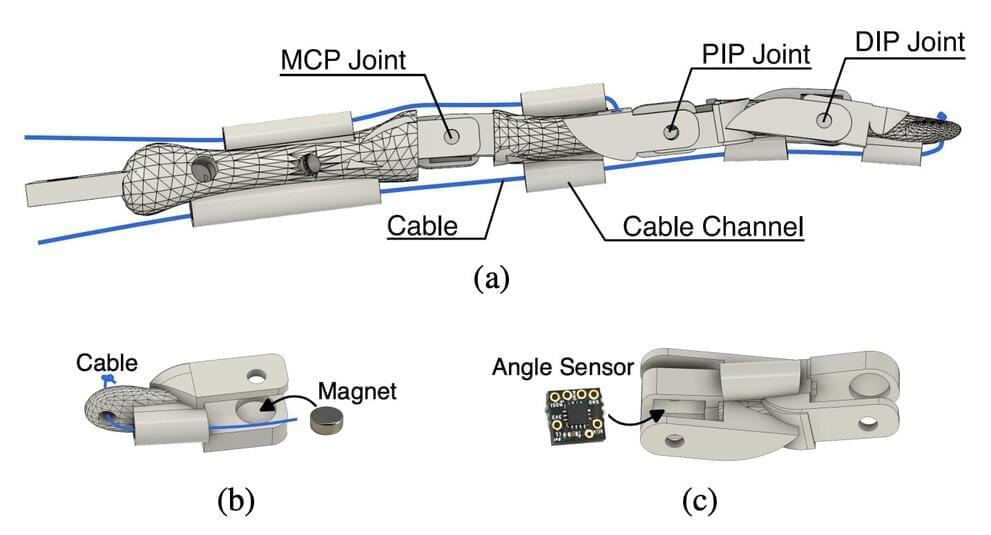
In recent years, roboticists have developed increasingly sophisticated robotic systems designed to mimic both the structure and function of the human body. This work includes robotic hands, grippers that allow robots to grasp objects and manipulate them like humans do while completing everyday tasks.
Ideally, robotic hands should be able to perform highly precise movements, while also being relatively affordable and easy to fabricate. However, most bio-inspired skeleton structures for robotic hands introduced so far have highly intricate designs containing numerous advanced components, which makes them difficult to fabricate on a large scale.
Researchers at Massachusetts Institute of Technology (MIT) recently created a new highly precise robotic hand that could be easier to upscale, as its components can be crafted using commonly employed techniques, such as 3D printing and laser cutting. Their robotic hand, introduced in a paper published in the journal 2023 IEEE International Conference on Soft Robotics (RoboSoft), is based on a so-called modular structure, meaning that it comprises multiple building blocks that can be rearranged to achieve different movements.